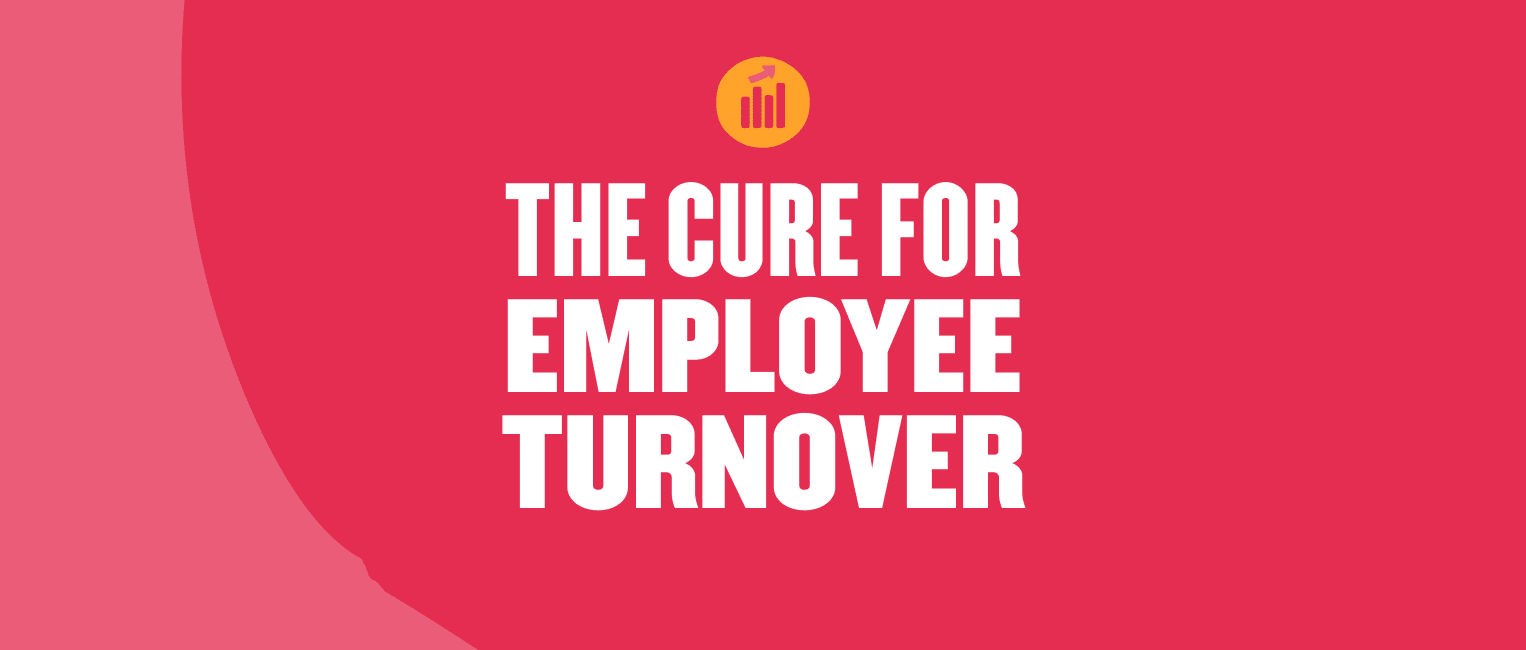In April 2021, job attrition in the United States reached its highest rate on record, ushering in what many call “The Great Resignation.” The job market is still hyper-competitive, and the cost of losing your best and brightest is soaring. Research reveals that replacing people can cost up to 40 percent of their salary.
Losing key people limits productivity, damages morale, and requires companies to spend vast amounts of money and effort on finding and training replacements. Some turnover is healthy, but it can be an issue when it gets in the way of productivity or forces your recruiting staff to scramble to fill open roles.
To stem the flow of turnover, start with why people are most likely to leave. Here are five reasons professionals tend to leave their jobs and strategies your HR team can use to reduce employee turnover.
Main reasons for employee turnover
Chronic stagnation
A major demotivator is the lack of new professional horizons. Promising the “same old, same old” only guarantees that your most ambitious and talented people will tune out of your company and check out of their role entirely. One survey found that 42 percent of respondents feel that their job satisfaction is based on having opportunities for career development.
Dependency disorder
Over 70 percent of people rank empowerment as an essential element of their engagement at work, meaning that your stars will up and leave if they don’t feel empowered to own their roles and responsibilities at your company. By giving your people decision-making authority, they’ll be able to grow their skills, which will benefit the entire business.
A smart way to empower your people is to have department leads set strategic goals and benchmarks. Then, they should allow their people to work out how to hit these targets. Such an environment will jumpstart your people’s creativity and encourage them to develop their own ideas.
Feedback deficiency syndrome
Giving constructive feedback is crucial to people’s individual growth, making them feel that their efforts are being noticed and valued. Giving honest feedback can be tough, but it’s also one of the keys to a successful company. For feedback to work, you need to make it continuous and apply it to everyone in your company, from the newest intern to the CEO.
The feedback that motivates someone to do better tends to focus on the problem (not the person), is supportive in tone, and gives people the power to work out a solution with their managers. Once you have a feedback loop that puts people at ease, you’ll start to see dramatic changes in the employee lifecycle.
Not so wellbeing
People with a strong and steady work-life balance are 10 percent more likely to stay at their company. And prioritizing your people’s wellbeing will also positively impact your company’s bottom line. In fact, most companies notice a positive change in their people’s productivity after they return from a vacation. Flexible work schedules, the opportunity to work remotely, and generous paid leave policies will go a long way toward showing your people that their work-life balance is a top organizational priority.
Technophobia
Technology is directly linked to increased workplace productivity. This is why companies should invest in the kinds of technology that helps their people adjust to their roles’ rapidly changing demands.
Many decision-makers understand the strong connection between leveraging technology and retention rates. According to one study, 51 percent of business leaders say that outdated and inadequate technology impacts their ability to retain skilled professionals. Today’s working men and women, especially Millennials, expect their employers to provide the digital tools they need to work at maximum efficiency.
How to reduce employee turnover
Understanding what might be causing high employee turnover is just part of the retention equation. If you want to hold on to your people and reduce attrition rates, it’s just as important to learn strategies to reduce turnover.
Hire the right people
Retention starts with hiring, making recruitment the first step in preventing employee turnover. Throughout the recruitment process, aim for transparency about everything from company culture to job responsibilities. The better new hires understand what they’re getting into, the more likely they are to stay.
Offer competitive compensation
The number one reason why people switch jobs is to seek better compensation. This means that to hold on to your people, you’ll have to offer a competitive compensation package including salary, benefits, as well as fair promotions and regular raises. A failure to do so is an easy way to start hemorrhaging talent.
Allow for flexible work arrangements
In the aftermath of the COVID pandemic, flexible work arrangements are no longer a plus. They’re a must. A sky-high 80 percent of employees report that they want to work remotely at least two days per week and are willing to leave their jobs to meet their need for flexibility.
Exactly what work arrangements you offer are up to you and what fits your organization. But flexibility should be top of mind when deciding your policies regarding work from home, time off, sick days, and the like.
Prioritize wellbeing
With burnout, overwhelm, and workplace stress a constant threat, it’s no wonder why 61 percent of people cite better wellbeing in the workplace as very important to them. In addition to offering more flexibility, creating wellness initiatives focused on stress reduction and overall health can significantly improve your retention.
Make room for growth
If you’re not already investing in helping your people grow and develop, you may be at serious risk for attrition. A whopping 94 percent of people report that they would stay at a company longer if it invested in their careers. It pays off, with retention rates being 34 percent higher among organizations that offer professional development opportunities.
You can show that your company is taking an active interest in its people’s growth by sending them to conferences and workshops or creating a mentoring program. Other options include promoting from within your company whenever you can and offering tuition assistance and upskilling initiatives.
Offer rewards and recognition
While rewards and acts of recognition may seem minor to the party giving it, they can make a major difference to the receiver. Eighty percent of people consider recognition to be an important part of their happiness at work. Additionally, 63 percent of people who regularly receive credit at work consider themselves very unlikely to seek a new job in the next three to six months.
Whether it’s a flashy statement like bonuses and gifts or a more understated shoutout in a team chat room, be sure to create policies that encourage and enable management to give recognition often.
Care about culture
Company culture is a tricky thing to get right. A great culture doesn’t just happen because you want it to—it must be created from the top down with careful consideration and authentic buy-in throughout the organization. But the effort is worth it for its ability to improve retention: Disengaged people are nearly three times more likely to leave their company for a better culture than their engaged counterparts. In addition to improving engagement, a strong culture should reduce employee turnover because it affects everything that goes on in the company, from its values, rituals, and norms to its approach to performance.
Recommended For Further Reading
Analyze existing issues
All of the above are tips that apply widely to all organizations, but it’s important to look at your organization’s particular situation regarding turnover and retention. Using HR software, you can find your company’s attrition rate, calculate the cost of employee turnover, and dig into potential reasons why people are leaving. This will give you a picture of what employee turnover reduction techniques may best suit your company and its unique circumstances.
Does your company serve cocktails?
There’s no single magic remedy for the scourge of high employee turnover. A more realistic goal is to build and maintain a culture that offers up a variety of treatments that can prolong the employee lifecycle at your company.
Your culture should identify people’s hopes, dreams, needs, and challenges, as it’s much more likely to keep its best and brightest from getting up and quitting. There’s no cure-all for attrition. Rather, a powerful cocktail of employee wellbeing, growth opportunities, and recognition concocted by your HR team can prevent random workplace symptoms from turning into a turnover epidemic.


